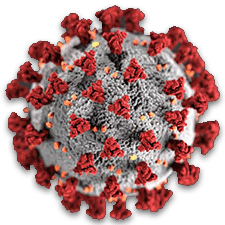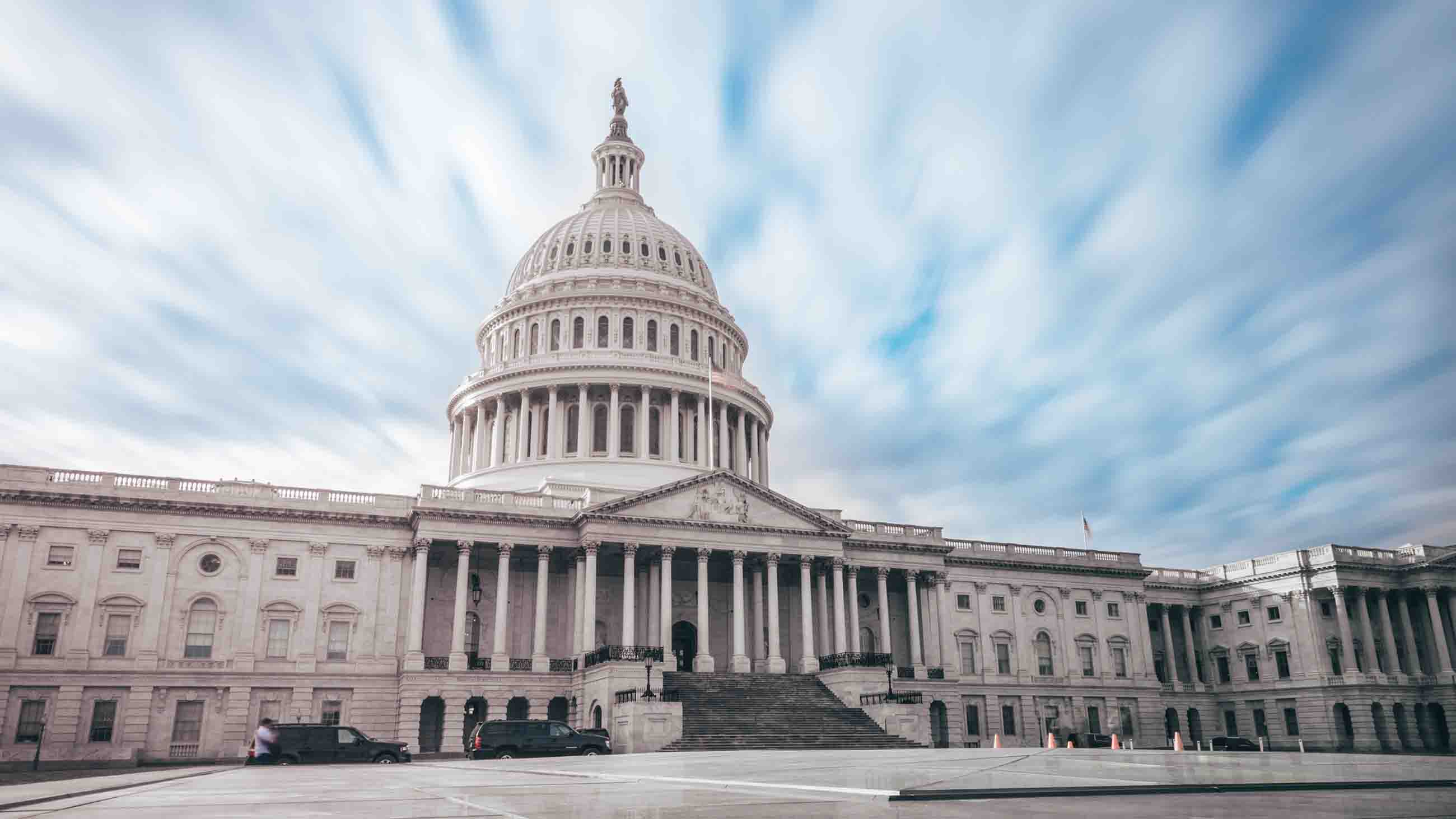Like most kids of the 1990s, I attended a school that used the original DARE program as a cornerstone initiative in the war on drugs. Congressional funding for this Drug Abuse Resistance Education program surged to over $10 million per year by 2002, despite studies published in the prior decade demonstrating the original program was ineffective at preventing substance use. Following mounting political pressure and declining government investments, the DARE program was retooled.
This scenario exemplifies how a disconnect between research-based information and decision-making can lead to ineffective policies. It also illustrates why scientists often bemoan that it can take over a decade before their work achieves its intended public benefit.
Researchers want the results of their studies to have an impact in the real world. Policymakers want to make effective policies that serve the people. The public wants to benefit from tax-funded research.
But there’s a disconnect between the world of science and the world of policy decision-making that keeps information from flowing freely between them. There are hundreds of evidence-based programs that receive minimal public investment despite their promise to curb social ills and save taxpayer dollars.
At the Penn State Research Translation Platform, I work with a team that studies policymakers’ use of research evidence. Legislators and other decision-makers tend to prioritize certain solutions over others, largely based on the kinds of advice and input they receive from trusted sources. My team is developing ways to connect policymakers with university-based researchers — and studying what happens when these academics become the trusted sources, rather than those with special interests who stand to gain financially from various initiatives.
Our Research Translation Platform team has found that policymakers assess in different ways how credible someone is. They generally consider university-based researchers to be more reliable and impartial than special interest groups, lobbyists and think tanks. Academic researchers can be key trusted messengers, and their information is most credible when it’s not advocating particular political agendas.
There are hundreds of evidence-based programs that receive minimal public investment despite their promise to curb social ills and save taxpayer dollars.
But scientists and lawmakers don’t usually have each other on speed dial. Building these connections is a promising way to improve policymakers’ access to credible, high-quality information.
Drawing on these principles, I co-developed a service that matches state and federal legislators with researchers who share their interests. Called the Research-to-Policy Collaboration, it involves a series of steps that starts with identifying policymakers’ existing priorities — for instance, addressing the opioid crisis. Then we identify and match them with researchers who work on studies relevant to substance use. The ultimate goal is to facilitate the meetings and follow-through that are critical for developing mutually beneficial partnerships between politicians and scientists.
Working closely with prevention scientist Max Crowley, we designed the first experiment of its kind to measure whether our model was useful for congressional staffers. We found that legislators we randomly assigned to receive researchers’ support introduced 23 percent more bills that reference research evidence. Their staffers reported placing a greater value on using research to understand problems compared with staffers who were not matched with a researcher.
This experiment showed that researcher-policymaker partnerships can be effective not only for bridging research and policy, but legislators and their staff may find value in the service for honing empirical evidence pertaining to their bills.
Legislators we randomly assigned to receive researchers’ support introduced 23 percent more bills that reference research evidence.
While research-policy partnerships can be effective, they’re also time-consuming.
When the world was turned upside down by the Covid-19 pandemic, routine handshakes disintegrated into social distancing. As a flurry of congressional activity tried to triage the catastrophe, pandemic conditions provided an opportunity to experiment with a way for researchers to communicate directly with policymakers online.
Our team created what we call the SciComm Optimizer for Policy Engagement, or SCOPE for short. It’s a service that directly connects lawmakers with researchers who study timely policy issues. The researchers author a fact sheet in their area of study by summarizing a body of research pertaining to a national policy issue.
Then the SCOPE team sends an email on their behalf to lawmakers and staffers assigned to relevant committees. The email invites an opportunity to connect further. This effort is more interpersonal than a newsletter, providing a direct connection with a trustworthy source of science-based information.

For all of Undark’s coverage of the global Covid-19 pandemic, please visit our extensive coronavirus archive.
As part of this effort, scholars produced over 65 fact sheets as well as several virtual panels and briefings relevant to various policy domains during the pandemic, such as substance use, violence and child maltreatment. These were disseminated over the course of a year and typically prompted about two researcher-policymaker meetings each.
To investigate the value of this service, we looked at the language that state lawmakers used in social media posts pertaining to Covid-19. We found that those we had randomly assigned to receive our SCOPE emails produced 24 percent more social media posts referencing research than those we didn’t contact. We particularly noticed increased use of technical language related to data and analytics, as well as more language pertaining to research concepts, such as risk factors and disparities.
Legislators receiving SCOPE material also used less language related to generating more or new knowledge, which suggests they were less likely to call for more studies to produce new evidence. Perhaps their access to evidence decreased their need for more.
These studies show some promising ways to connect legislators with timely and relevant research, and how doing so might improve the impact of research translation.
The world needs solutions to innumerable real-time crises. How to forge these connections is a critical area of study in itself.
More work is needed to study other types of science policy efforts. Most research translation initiatives have very little data for evaluating their impact.
It’s also worth considering the possibility that some efforts may unintentionally damage these political relationships and the credibility of scientific institutions. For instance, partisan efforts advancing specific political agendas are apt to reduce the perceived credibility of academic scientists.
And if educational outreach merely preaches science in the absence of interpersonal connections, scholars not only risk perpetuating the out-of-touch, eggheaded stereotype of academia, they risk squandering resources on ineffective programs, similar to the original DARE program.
The bridge between science and policy is a two-way street. Not only must the parties meet in the middle, but science policy and communication practice should be held to the same rigorous standards we expect in evidence-based policymaking. The world needs solutions to innumerable real-time crises. How to forge these connections is a critical area of study in itself.![]()
Taylor Scott is an associate research professor of Human Development and Family Studies and director of the Research Translation Platform at Penn State.
This article is republished from The Conversation under a Creative Commons license. Read the original article.













Comments are automatically closed one year after article publication. Archived comments are below.
“But there’s a disconnect between the world of science and the world of policy decision-making that keeps information from flowing freely between them.”
Since when? Does Scott actually believe that academics and policy makers aren’t already well-connected, and/or that academics somehow existing outside the pool of people seeking to influence political decision-making? And is Scott unaware that academics regularly explain their positions and link to their work in popular media? Uh, this article is itself an example.
Maybe Scott thinks it’s useful to promote a simplified story of, “we have all the good evidence, it’s just that people aren’t aware of it,” but this is simply not the truth. Academic research does not exist in some purist state, and academia has always been intertwined with the political world. Enough with the childish initiatives with the sparkly names.